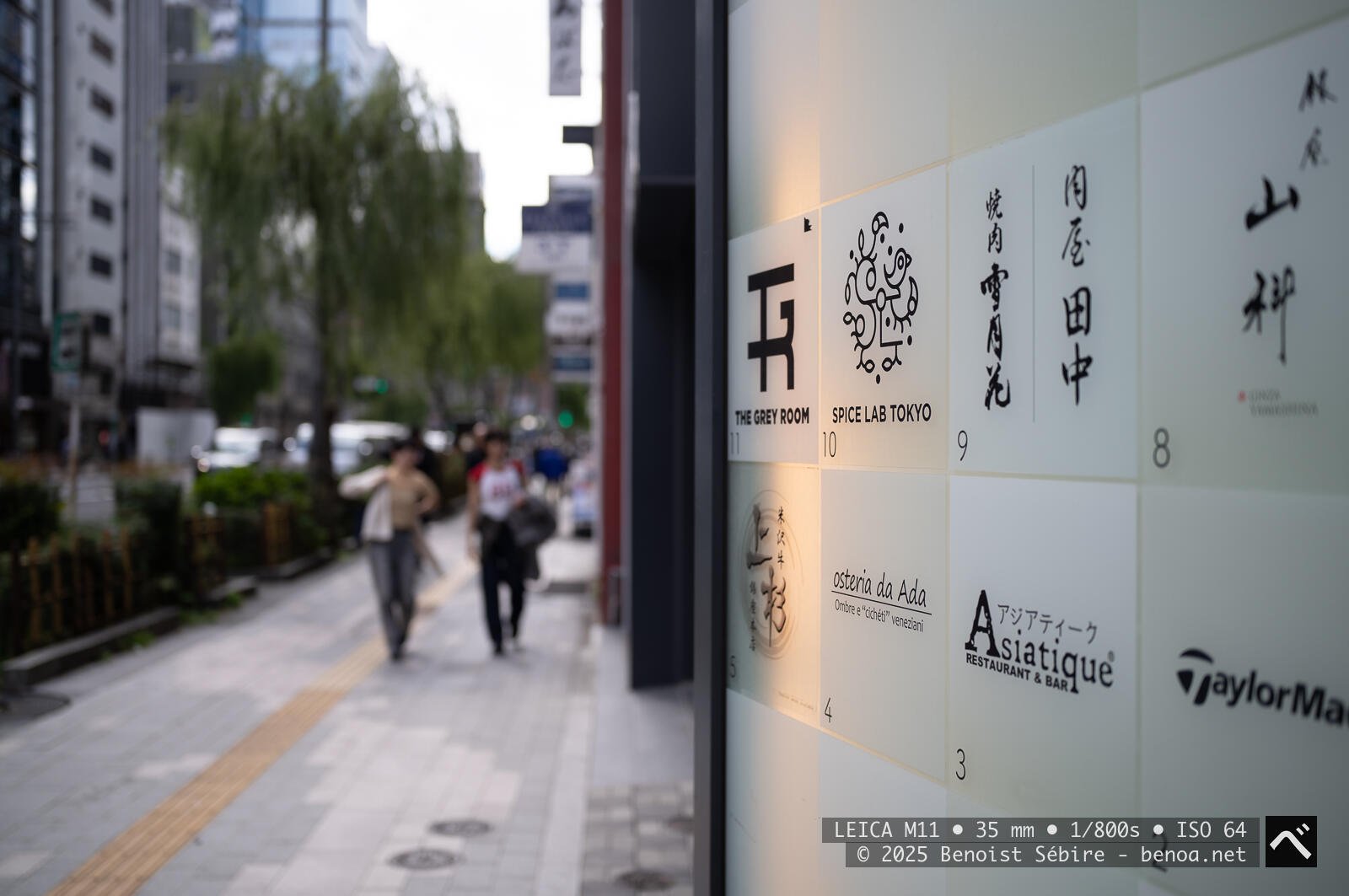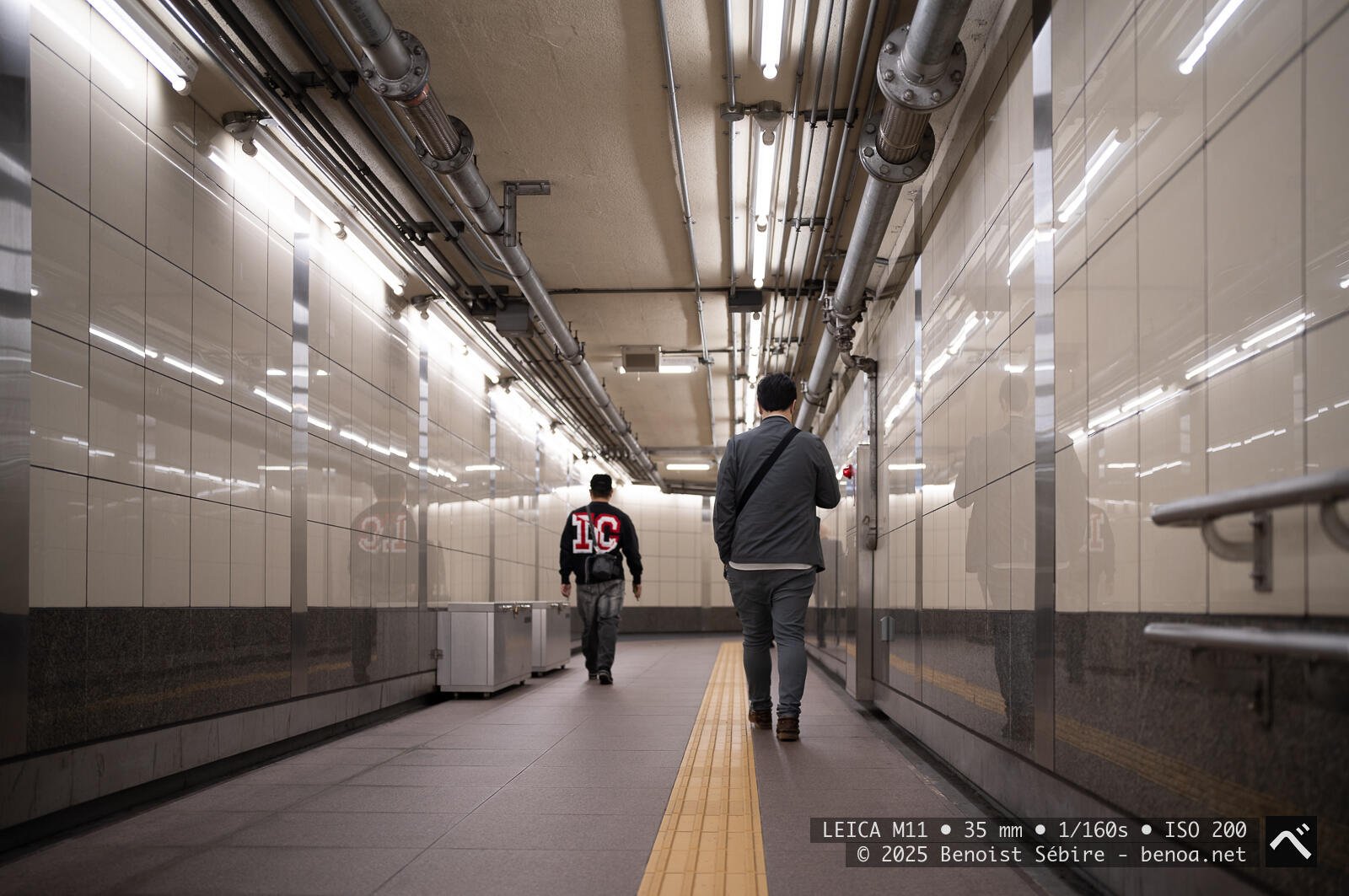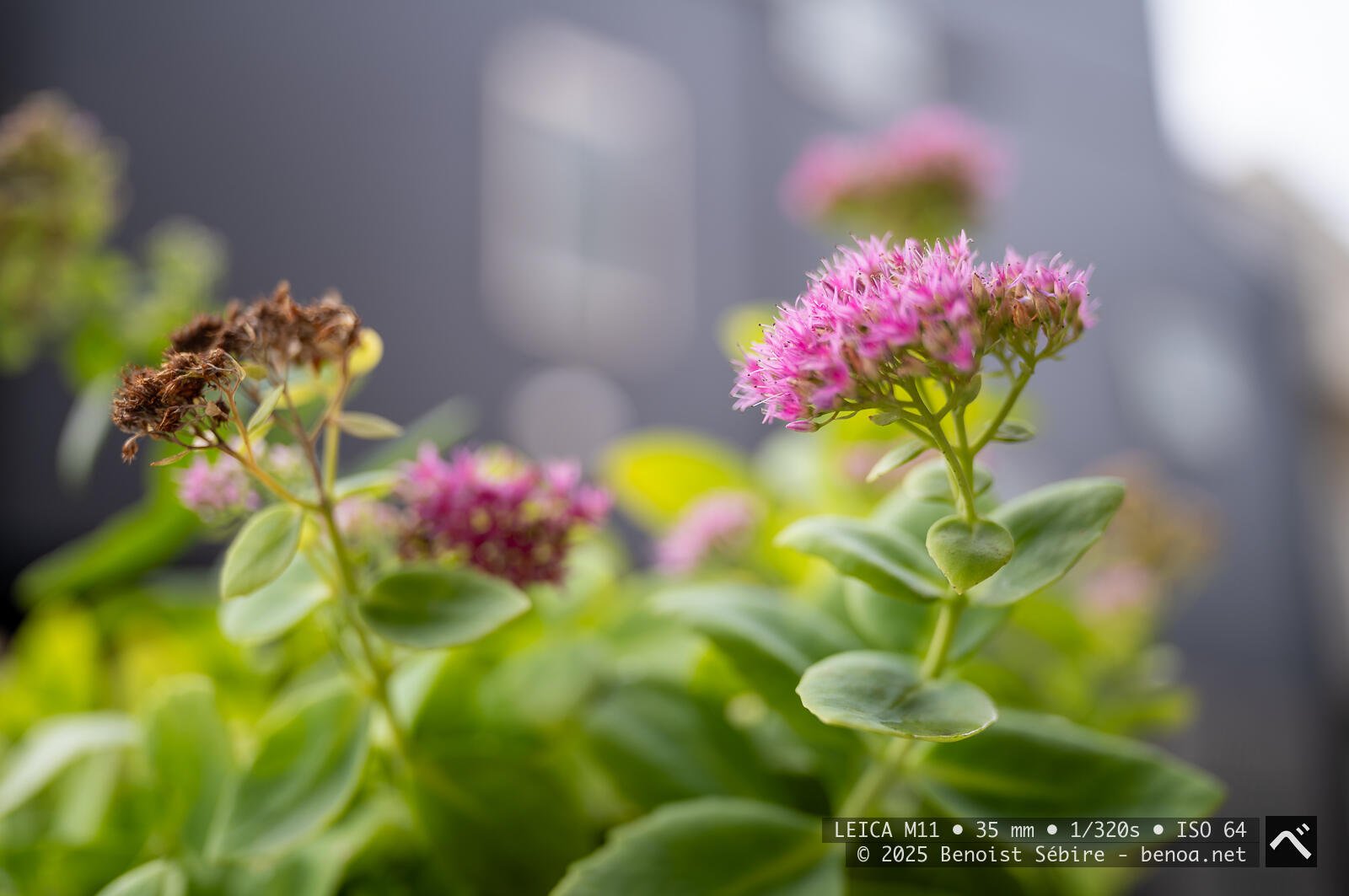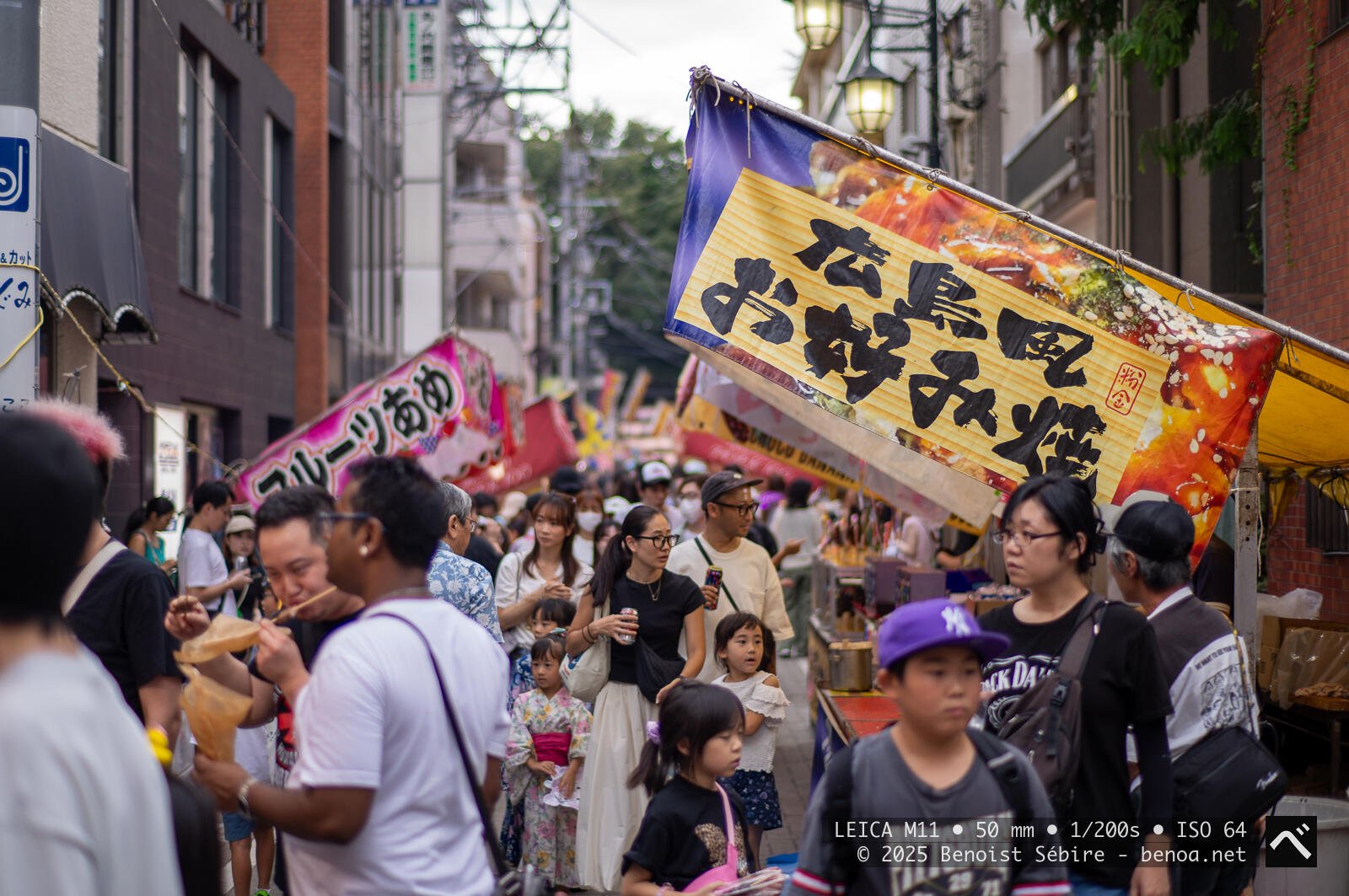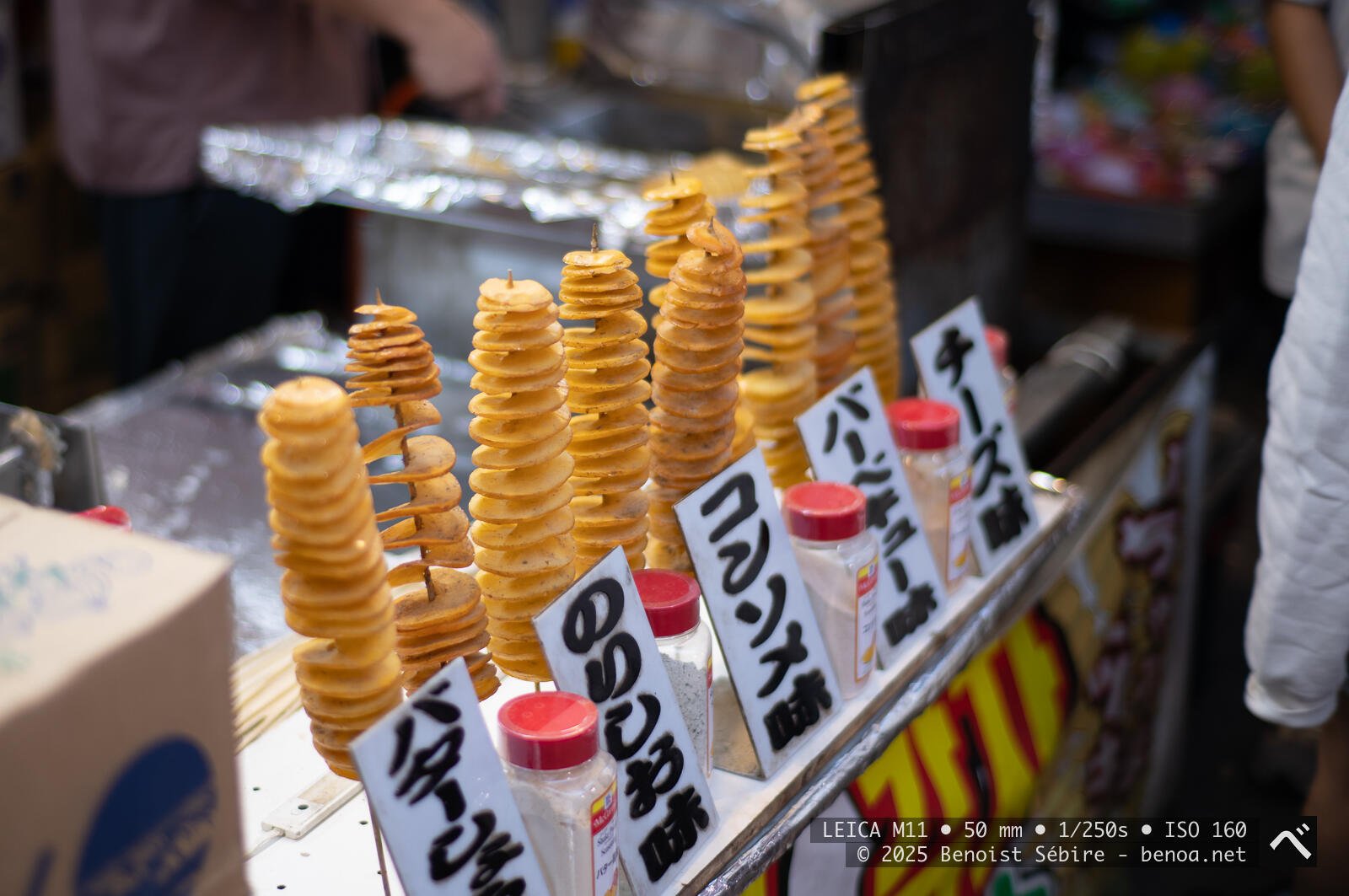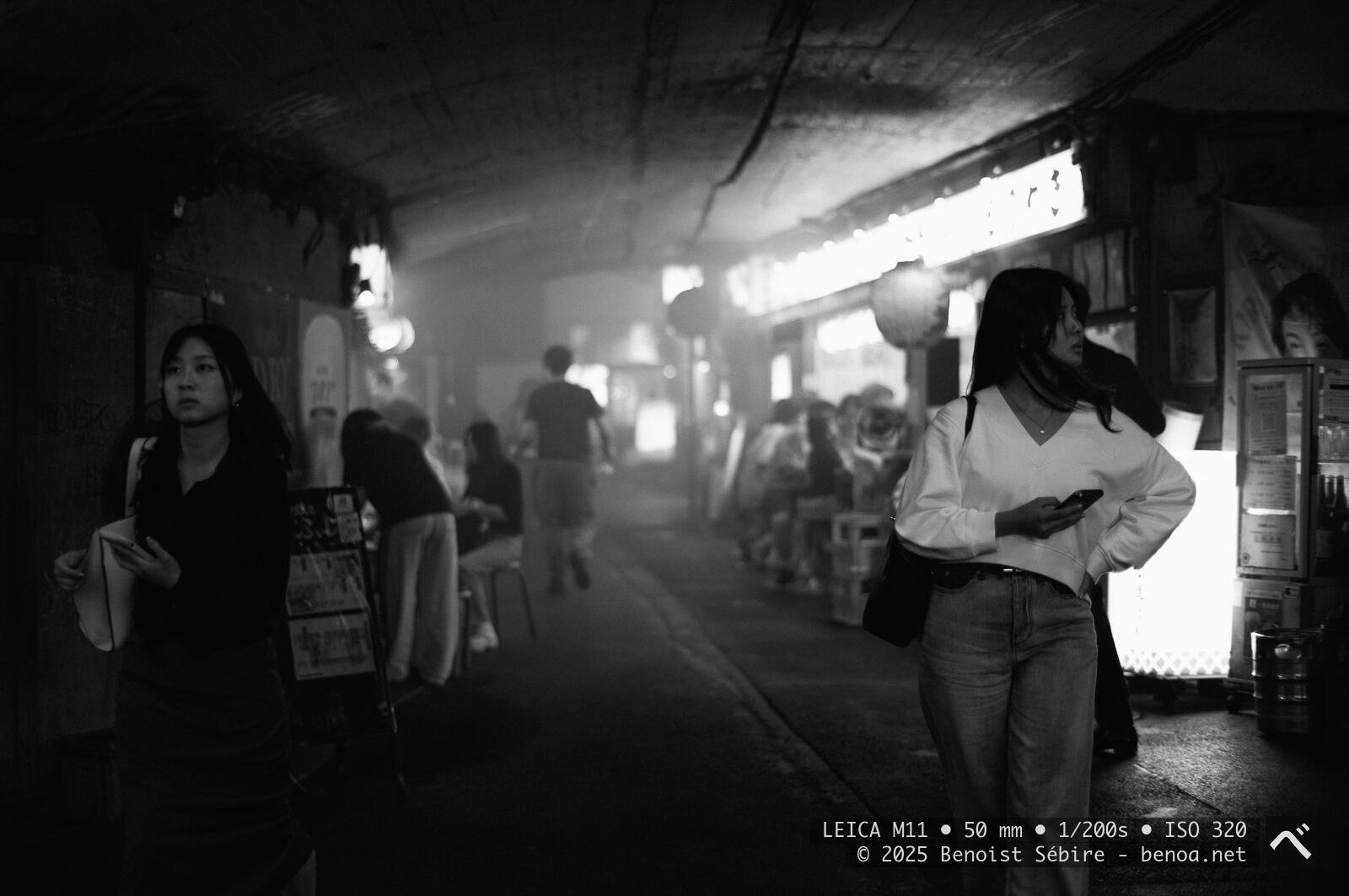Spice Labs Tokyo
Spice Labs Tokyo sits quietly in Tokyo, the sort of place you could walk past a dozen times while hunting for a coffee and regret later. Inside, it feels calm and focused, like a small workshop where everyone knows exactly what they are doing. The cooking leans Indian but refuses to behave. Spices are layered…
